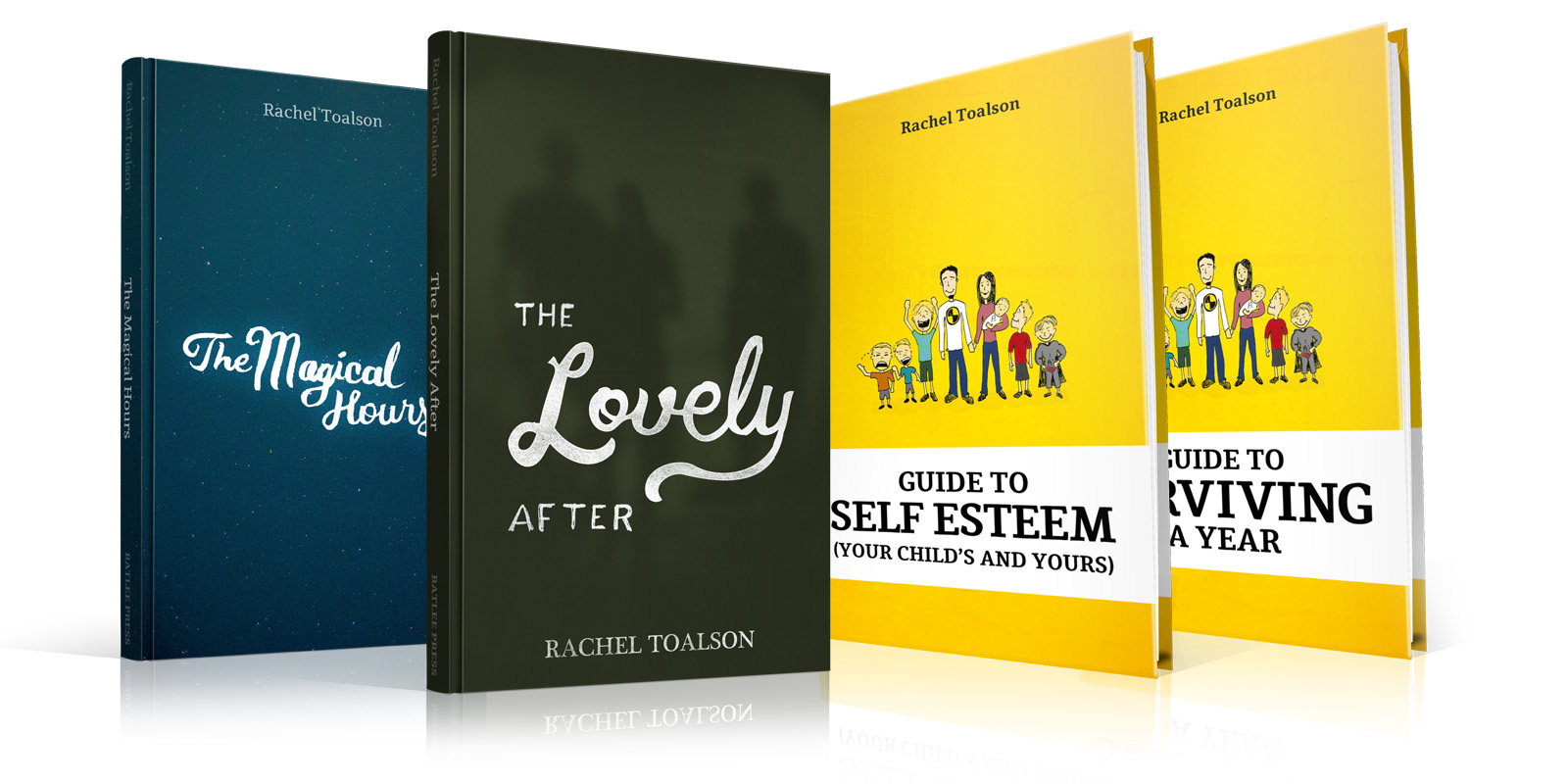That internal editor can be a big problem.
In November, I participated in NaNoWriMo for the first time, and I was so excited about the possibility of writing a novel in one sitting. Or maybe a few sittings.
I write pretty fast already, and I’m fortunate to have much more time to write than I used to have, but I still have to sandwich my writing around different points of time during the day, and I knew that I would have to use my time wisely in order to finish the book. I had a Sabbath week scheduled in the month of November, so my goal was to finish the story by Nov. 15 and be done with it, and then maybe even work on another novel the week after so I could finish the crime thriller I’m working on, too.
And then I started the NaNoWriMo book, and I already had everything completely brainstormed and mapped out, because that’s just the way I work best, and suddenly, after I was well into the flow and entering the world with my characters, my internal editor came waltzing in and yelling, “THIS IS BAD. OH MY GOSH, THIS IS SO BAD. IT’S A TRAIN WRECK. NO ONE IS GOING TO READ THIS. NO ONE IS GOING TO WANT TO READ THIS. YOU SHOULD JUST GIVE UP. YOU ARE NO WRITER.”
And then that little voice morphed into the voice of my creative writing teacher from college, a pompous man who didn’t like me because he thought I was too “melodramatic” (the same thing my father had called me once upon a time). “THESE CHARACTERS ARE TERRIBLE,” he said. “NO ONE IS EVER GOING TO WANT TO READ THIS. YOU SHOULD JUST GIVE UP. YOU ARE NO WRITER. YOU WILL NEVER BE A WRITER.”
It’s crazy how quickly it can happen, and a whole writing session is hijacked by an imaginary person.
It wasn’t really hijacked for me, because I’m used to these voices coming around. And I’ve trained myself in something that is guaranteed to help you write faster and smarter, and when you’re a parent writer who’s trying to write in the margins, like I did for years, this will make all he difference in the world:
You have to silence the inner critic.
The way to do it is through practice, ignoring the inner critic when it doesn’t matter and listening to it when it does.
Wait. Listening to it?
Here’s the thing: The inner critic has NOTHING valuable to say to you in the first draft of a story. That first draft is just for getting the story out. The second draft is for making it all pretty and neat. (Or maybe a third or fourth draft, if it takes you a few.)
But sometimes the inner critic can be helpful. Oftentimes it’s not, but sometimes, in the revision process, it can have some good things to say if we’re willing to listen. Sometimes what it says about a character feeling two-dimensional means we need to do some revision work there. Sometimes when it says our plot is a little thin we can take another look and add some higher stakes.
But we shouldn’t ever listen to the critic when we’re in the first draft stage. We have to say, instead, “Leave me be.”
The best way to do that is to keep practicing, to keep writing, to keep setting a story down just as fast as we possibly can, because what also happens to this inner critic is that the faster we’re writing, the more chance we’ll have of outrunning it. (This means my first draft is usually full of grammar and punctuation mistakes, because I’m just trying to write as fast as I can.)
The inner critic usually comes to see me in the very beginning when I’m unsure, or when I’m trying to do something quickly, when I’m fully focused and he tries to steal that focus. I don’t like to play his game, because it’s just not helpful at this point.
Sometimes that inner critic can sound like old teachers or people who didn’t believe in us—or don’t believe in us still—and sometimes they sound a whole lot like ourselves.
The abuse mine was hurling sounded a little like this:
You are not equipped to write this story. It’s too big for you.
You really think you can get into the mindset of a boy? These characters will be completely hollow.
What do you know about autism?
What do you know of little boys? (Yeah, sometimes that voice can say some pretty ridiculous things.)
Who do you think you are?
That last one. It’s a killer. Because who do we think we are? Did we really think we were writers? Did we really think we could craft a story as big as this one? Did we really think people would care?
Well, yes we are. Yes, we can. Yes, they will.
Our first draft is what Anne Lamott calls a “shitty first draft.” We’ll use subsequent drafts to shape it into something good and beautiful, and WE HAVE NO PRESSURE FOR THE FIRST DRAFT.
No pressure. Just write. Write it all down without considering any of it.
And after the writing is done, listen.
Here are some ways to silence the internal editor:
1. Set a timer for 15 minutes. Do a writing sprint.
When we’re writing fast, we don’t have to worry about the internal editor, because the thing about writing fast is that it’s just a partnership between our fingers, our brains and the story. Our internal editors can’t possibly keep up with us once we get rolling, because the faster we write, the more imperfect our story will be, and the more we’re okay with that, the softer that voice will grow. Because what the internal editor really wants is perfection. And we’re never going to get that in the first draft. I was just telling someone the other day that I’ll find all kinds of silly mistakes in my first drafts. Things like the wrong use of their or there (I made a near-perfect score on my college GSP, a grammar, spelling and punctuation test required for a degree in journalism.).
2. Try, try and try again.
We have to keep trying, no matter how loud that voice gets. We have to keep practicing. Nothing gets easier without practice, and the same is true for silencing the internal editor. If we’re not going to practice defying his words, then we’re never going to get any better. If we’re not going to try to write anyway, then this editor will plague us always.
3. Have a plan.
Sometimes it helps to have a plan for the story, even if you know some things will change in the actual writing of it. Sometimes I sit down to write essays and it just pours out of me, and I don’t really need a plan. Sometimes I have to go by my plan or I feel like I have nothing valuable to say. Don’t be afraid to make a plan. Just because we make a plan doesn’t mean we are bound by it. We can deviate as much as we want. But sometimes the plan can silence an internal editor, because even if this one scene isn’t all that great, we just have to remember the end to know that it’s all going to turn out okay.
4. Remember that the internal editor will always try to come around.
It’s not that practice makes the internal editor go away. It’s just that the more we ignore his voice, the softer that voice gets. And that’s what helps us in the end. Because the less effective he will be, the less he will try to be effective. We will get better at ignoring him and outrunning him, but every now and then, perhaps when we’re tackling something we’ve never tackled before, we can be sure that he’ll come back around to plague us, and then we’ll have to figure it all out again. But it does get easier every time.
5. Let go of the need to produce perfect art on the first try.
On any try, really. Because we will always find something we could improve about our manuscript, and if we’re just waiting for ourselves to come out with that perfect product, then we are going to be waiting forever. You should see some of my first drafts. I keep all of my journals, but someone someday is going to find them, when I’m long gone, and they’re going to be like, Wow. This is really bad. But I still keep them around, because they’re helpful for assessing how far I’ve come in my career.
There is value in imperfection. The internal editor likes to tell us there isn’t, but he’s lying. Free yourself from perfection, and you free yourself to write.


